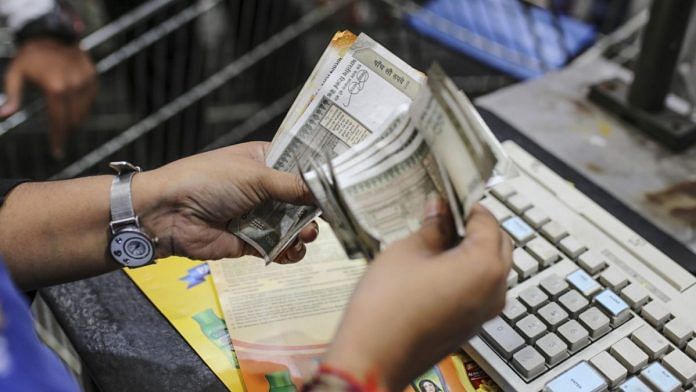On your columnist’s first visit to the United States, in 1982, two things were obvious. While capitalist in ideology, it had a surprisingly equal society — the result of post-War policies on social security, taxation, labour, and industrial growth. Those excluded were essentially African-Americans. For the rest, the basics (housing, food, clothes, medical care) were relatively cheap and affordable. The cost of a house equalled four and a half years’ salary for a median-income family, compared to 6.25 years today. The ratio of CEO pay to that of the average worker was 30:1, not today’s 300:1. And healthcare costs were lower. As a share of GDP, they have grown two-thirds since then.
The second thing that could not be missed in 1982 was loss of the famed American optimism. There were daily headlines on job cuts by leading US companies. The hollowing out of Middle America had begun, even as corporate profits rose in relation to GDP. Within that, the share of financial sector profits ballooned later as deregulation sparked financial “innovation” of the kind that led eventually to the 2008 financial crisis.
These changes were accompanied by income tax cuts at the top, and a race to the bottom on corporate taxes because of the advent of island regimes with little or no taxes. Internationally, capital got greater room to play as the International Monetary Fund (IMF) promoted free capital convertibility (not a part of its original mandate). In a broad sense, this was the world created by Reagan-Thatcher, pushed along by what was termed in 1989 the Washington Consensus: Conservative fiscal policy, limited subsidies, free international trade, market orientation to bring about positive real interest rates (ie higher than inflation), privatisation, and so on.
Also Read: How Modi govt is building a new landscape in Old India’
Coming full circle
Like all fashion, intellectual fashion too moves in circles. The desirable level of taxes can rise and fall, like hemlines. The rollback began slowly after the 1997 Asian financial crisis, when the IMF abandoned capital account convertibility, and has gained momentum with every subsequent crisis. The US cracked down on reckless financial sector behaviour after 2008, and now the pandemic demands new answers. With economic disruption, growing inequality, and lack of government resources, economic practice (if not yet theory) is coming full circle.
The pejorative “tax and spend” catchphrase may become the new mantra. Interest rates are being kept lower than inflation as central banks have opened the tap and bloated their balance sheets (once a no-no). Governments too have opened the tap, none more than the US, and there are signs of a rich-country buy-in on higher corporate taxes amidst growing debate on new wealth taxes. Meanwhile, in country after region, tariffs and other walls are being put up as hurdles to international trade.
India has reverted to instinct and fallen in with the new approaches. Always sceptical of free trade agreements, the Modi government has used its “Make in India” initiative to move unabashedly to a latter-day version of the old “phased manufacturing policy”. Savers are being squeezed once again on interest rates. The government has steadily raised peak income tax rates (42.74 per cent now, compared to 30 per cent in Mr Chidambaram’s 1997 Budget), but has so far put down talk of taxing the wealth of the growing list of dollar billionaires. However, as governments increase cash pay-outs to the indigent, the fiscal gap could force a change. Also, since revenue from corporation tax was the same last year as five years earlier, the government may welcome the moves by leading countries for a minimum rate of corporation tax.
Higher tax rates, central banks pumping out cash, protection for home industry, suppressing interest rates, increased social welfare pay-outs — it all harks back to pre-Thatcher-Reagan. Sure, taxes will not go back to the 70-90 per cent range that existed once in Britain and the US (as in India), and governments still believe in market orientation when it comes to products and services. But they are re-assuming the primary role in building physical infrastructure and funding research. Even price control is back, for vaccines. Any volunteers for the role of Canute ordering a rollback of this rising tide of old ideas?
By Special Arrangement with Business Standard
Also Read: Modi govt has made a mockery of Covid crisis, high time it gets serious about real solutions




The rich people are not taxed. When jio was sold to corporate entities like facebook, no taxes were raised? Why the tax levies are meant for the middle class in india under Modi unlike in the west on the rich. Tweaks are done only for Gujjus. Pls check CCI okays Facebook’s investment of Rs 43574 crore in Jio Platforms
Can an expert give an alternate model to tax and spend, in view of the unprecedented expenses incurred by the government on the border stand off and the covid-19. At least until now we have not heard from the government about shortage of funds as an excuse. The defense procurements, upgradation and covid provisioning is going on. So either the administration is in full control or the economy will collapse in times to come as some would like to predict.